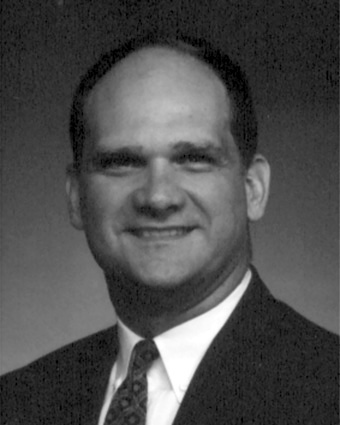A new wave in long-term care is the Green House Program, an innovative senior care model that de- institutionalizes long-term care by eliminating large nursing facilities and, instead, creating habilitative, social settings. A Greenhouse is an environment that enhances life and growth. Being old and needing a nursing home care does not mean that life is necessarily over because in Green Houses, elders can continue to thrive and grow. The mission of the Green House Program, then, is to shift the way long-term care is provided in this country from the current large, institutional model to a small home environment. People still receive very high levels of care in a Green House environment, but the primary focus is on providing a comfortable home and a meaningful life for the residents.
Each Green House has six to ten private bedrooms and bathrooms, with a kitchen, living room, and dining room in one big area called "The Hearth." All food is prepared from scratch in the house by the self-managed work team because that encourages socialization, creativity, and a sense of family. Workers engage the residents in activities, including helping with meals and offering advice, which leverages the staff in ways that have been eliminated for the most part in traditional nursing homes. It may be easy to build a 10-bedroom house, but it also may be difficult to operate a successful Green House without fully understanding the philosophical and organization shift. The physical environment-the architecture, the aesthetics, and scale of the home-reflects only about one-third of the model. The balance is in the reorganization of the way care and services are delivered.
The direct care workers in each house receive special training and are then organized into self-managed work teams that run each house. The ratio is two workers to ten elders in shifts covering 24 hours a day. The workers cook, clean, provide personal care, and do some therapy work. As a result, they get to know the residents as family. If any aspect of a resident changes, the worker will notice right away. The workers have power and authority over the management of the house and become part of the overall Green House system in a meaningful way.
The Green House model is designed for nursing homes that have to rebuild or for organizations that are building new long-term care facilities, typically skilled nursing homes. It is suitable for any nursing home in the country whether for-profit or not-for-profit, however, most current adopters are not-for-profit entities.
Regarding construction and operating costs, the physical structure should cost no more than rebuilding in a traditional fashion, but Green Houses require private bedrooms and bathrooms. So developers must compare apples to apples when comparing costs. On the operations side, cutting down on the departmental structure can help to offset the added cost of self-managed work teams.
As far as federal regulation is concerned, in a February 2007 letter, Leslie Norwalk, acting administrator of the Centers for Medicare and Medicaid Services (CMS), found "no barriers" that would prevent Green House homes adhering to the model's principles from being "qualified as nursing homes under federal regulations." The letter includes the Green House model among the larger culture change movement that CMS supports, commenting that, "we believe these innovations more fully implement the Nursing Home Reform provisions of the Omnibus Budget Reconciliation Act of 1987, from which our CMS nursing home regulations are derived."
Lastly, on July 8, 2006, Section 116 of Chapter 139 of the Acts of 2006 became law in Massachusetts, providing a Certificate of Need for 100 new skilled nursing beds to be developed using the Green House model of care by the Chelsea Jewish Nursing Home. This is the first approval for new nursing beds to be granted in the state in the past 10 years.
The text reads: Section 116. Notwithstanding any general or special law to the contrary, for the purpose of developing an innovative and kosher skilled nursing facility in the city of Chelsea, the Chelsea Nursing Home, which has been designated to develop an urban, Green House Program nursing home facility in the city of Chelsea, is hereby granted a determination of need for 100 new skilled nursing facility beds; provided, that the construction of the beds shall be assigned a maximum capital expenditure consistent with the Green House Program, as determined by the department of public health, and shall be entitled to reimbursements for such capital expenditures as determined by the division of health care finance and policy.
Michael Bertrand, MAI, is principal of Bertrand & Associates, Palm Beach Gardens, Fla. and Medfield, Mass.
Tags:
Green House model provides positive changes in delivery of care for assisted living facilities
November 19, 2007 - Spotlights









